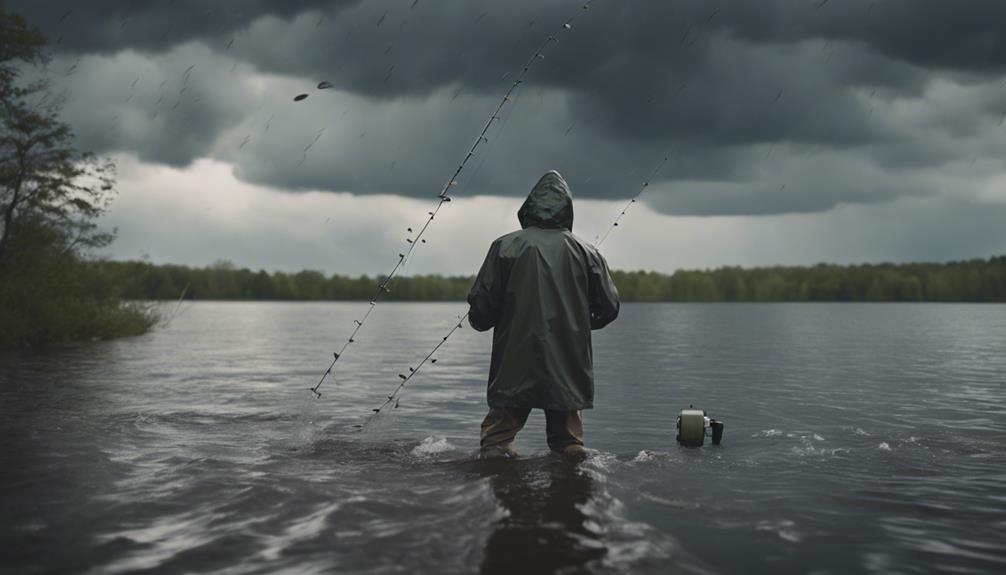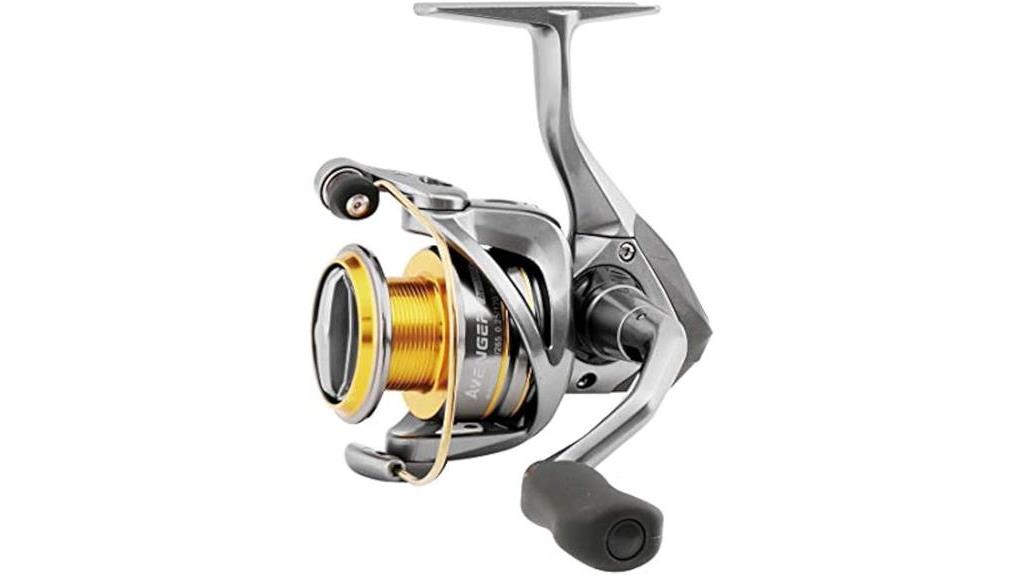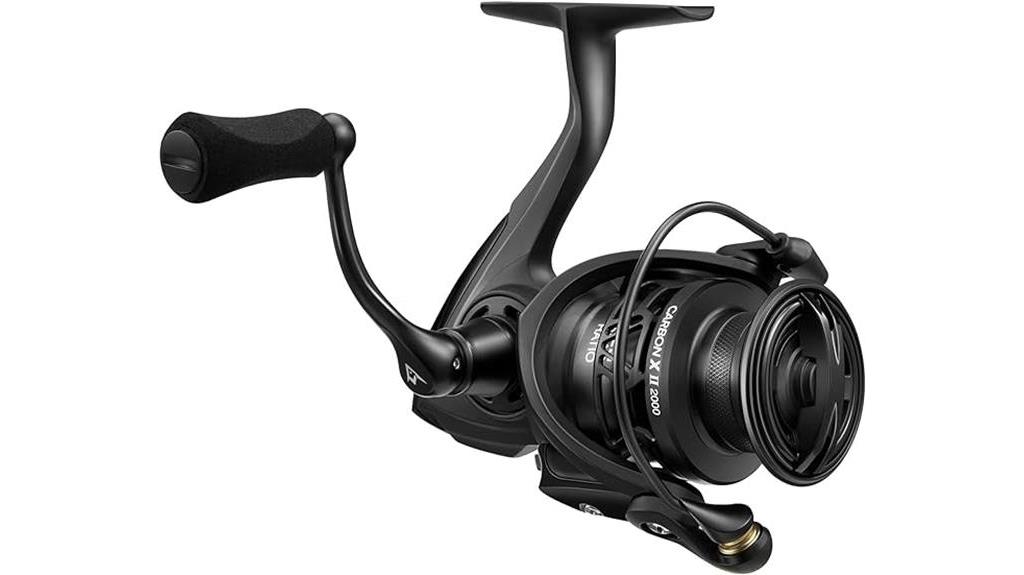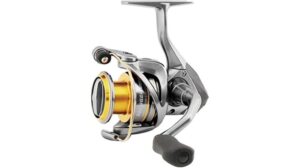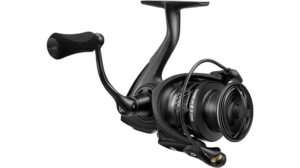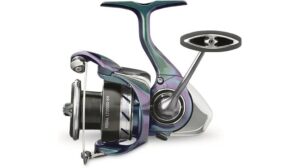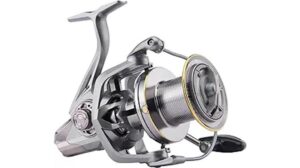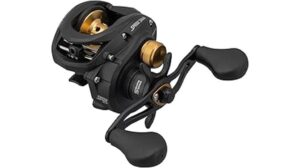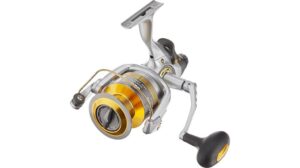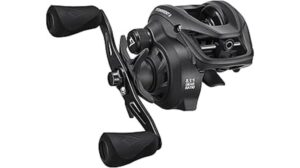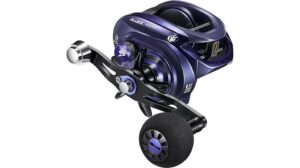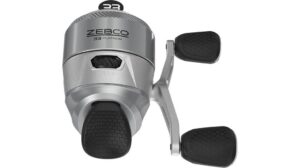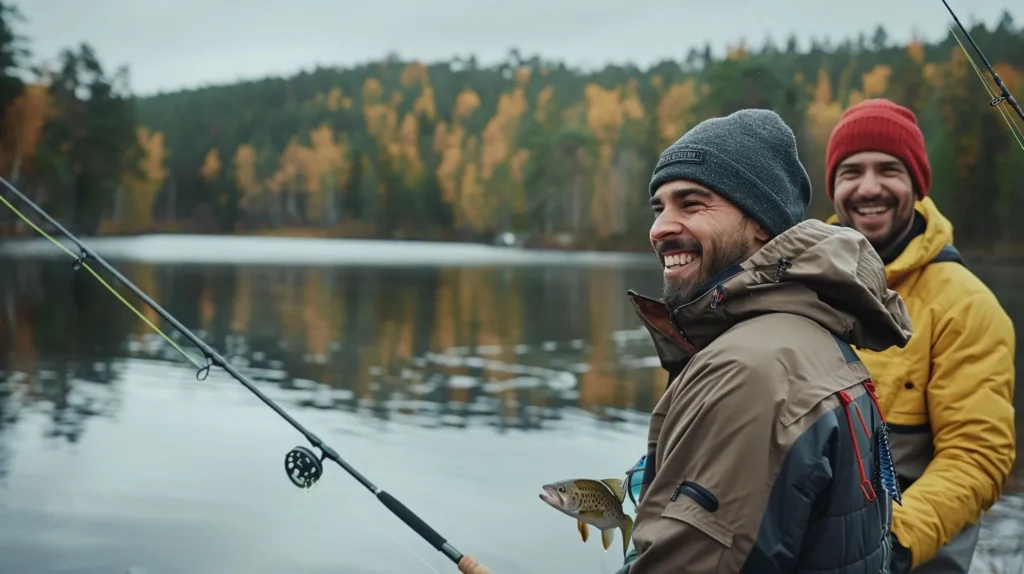To catch more fish in changing weather, we've found that understanding and adapting to atmospheric conditions is essential. We always monitor barometric pressure, wind direction, and cloud cover to predict ideal fishing times. Our gear selection is versatile, with rods, reels, and baits suited for various scenarios. We adjust our techniques based on temperature fluctuations and water clarity, varying retrieval speeds and depths accordingly. Dawn and overcast mornings often yield the best results, but we're prepared for any weather shift. By leveraging technology for accurate forecasts and real-time data, we enhance our strategies. Mastering these elements will greatly improve your chances of a successful catch.
Understanding Weather Patterns

In the pursuit of angling success, a keen understanding of weather patterns is paramount. We must recognize that fish are highly sensitive to atmospheric changes, which directly influence their behavior and feeding patterns. By closely observing barometric pressure, wind direction, and cloud cover, we can anticipate when fish are most likely to bite. This knowledge allows us to adjust our tactics and maximize our chances of a successful catch.
Essential Fishing Gear
While understanding weather patterns is key, we can't overlook the importance of having the right gear to capitalize on favorable conditions. A versatile rod and reel combo, paired with an assortment of lures and baits suited to your target species, form the foundation of our arsenal. We'll also need a reliable tackle box, line of varying strengths, and weather-appropriate clothing to guarantee comfort and success on the water.
Bait Selection for Changing Conditions

As weather conditions fluctuate, our bait selection must adapt to remain effective in enticing fish to bite. We'll explore how changing temperatures, barometric pressure, and water clarity influence fish behavior and feeding patterns. By understanding these factors, we can choose the most appropriate lures or live bait for each situation, maximizing our chances of success on the water.
Adjusting Fishing Techniques
Successful anglers must adapt their fishing techniques to match the ever-changing weather conditions they encounter on the water. We've found that adjusting our approach based on atmospheric shifts can greatly improve our catch rates. Here are three key techniques to contemplate:
- Vary retrieval speed
- Adjust casting distance
- Modify fishing depth
Best Times to Fish

Having explored various fishing techniques, we'll now examine the ideal times to cast your line for maximum success. Let's investigate the best fishing hours, considering factors like weather patterns and fish behavior. Here's a handy table to guide you:
| Time of Day | Weather Condition |
|---|---|
| Dawn | Clear |
| Morning | Overcast |
| Midday | Rainy |
| Evening | Windy |
| Night | Calm |
Understanding these patterns will greatly improve your chances of a successful catch.
Locating Fish During Weather Shifts
Three key factors influence fish behavior during weather shifts: barometric pressure, water temperature, and cloud cover. To locate fish during these changes, we must understand their responses:
- Falling pressure often triggers feeding frenzies
- Rising temperatures push fish deeper or to shaded areas
- Increased cloud cover can extend active periods
Reading Water Temperature Changes

Understanding water temperature changes is essential for predicting fish behavior and adapting our fishing strategies accordingly. We must pay close attention to subtle shifts in water temperature, as even minor fluctuations can greatly impact fish activity. By using thermometers or temperature gauges, we can identify thermal layers and locate prime fishing spots. Let's remember that different species have varying temperature preferences, so we'll need to adjust our tactics based on the target fish.
Adapting to Barometric Pressure
Barometric pressure's influence on fish behavior can't be overstated, as it's an essential factor in determining their feeding patterns and activity levels. We've observed that fish tend to be more active during stable or rising pressure. To capitalize on this knowledge, let's focus on three key strategies:
- Monitor barometric pressure using a reliable weather app
- Fish aggressively during stable or rising pressure
- Adapt your techniques during falling pressure, focusing on deeper water
Wind and Its Effects
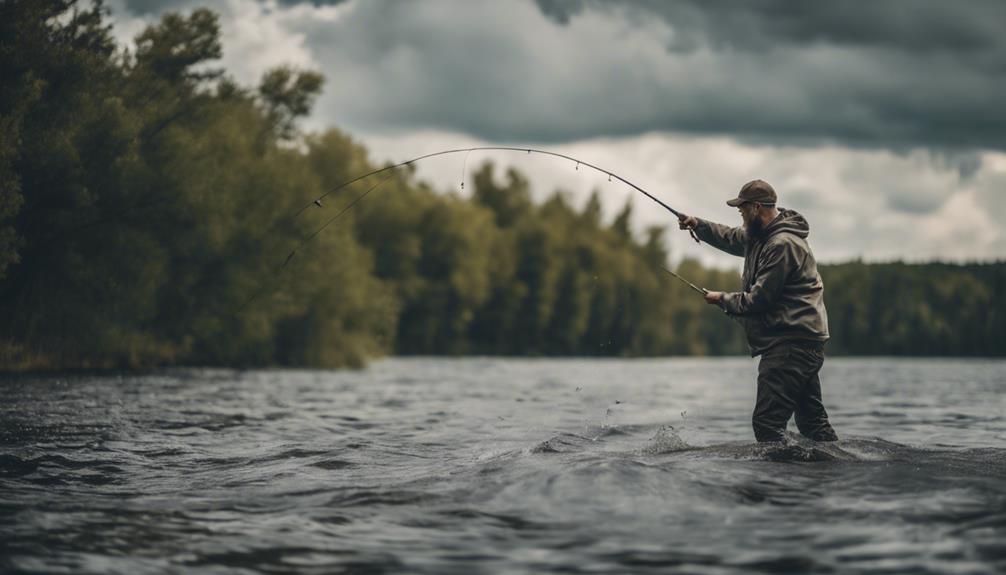
While barometric pressure plays a significant role in fish behavior, we mustn't overlook the impact of wind on our angling success. Wind influences water temperature, oxygenation, and food distribution, directly affecting fish activity and feeding patterns. It can create surface disturbances, altering light penetration and fish visibility. Understanding these effects allows us to adapt our tactics, choosing appropriate lures and presentation methods to maximize our catches in windy conditions.
Rain and Stormy Weather Tactics
When rain and storms roll in, we're presented with unique opportunities to capitalize on fish behavior that's often overlooked by less-experienced anglers. Let's explore three key tactics for success:
- Target areas where runoff enters the water, as it carries food and attracts fish.
- Use darker lures to create stronger silhouettes in low-light conditions.
- Focus on shallow waters, where fish often feed during storms.
Seasonal Fishing Strategies

Four distinct seasons offer anglers unique challenges and opportunities throughout the year, each requiring tailored strategies to maximize success on the water. We'll uncover the secrets of adapting our techniques to nature's rhythms. From spring's awakening to winter's icy grip, we'll explore how water temperatures, fish behavior, and prey availability shift. Let's plunge into the art of seasonal angling together.
Technology for Weather Forecasting
Beyond seasonal patterns, we've got powerful tools at our fingertips to predict weather changes that can make or break a fishing trip. Modern technology offers anglers unprecedented access to accurate forecasts. Let's explore three essential weather forecasting tools:
- High-resolution radar apps
- Satellite imagery services
- Real-time buoy data systems
These sophisticated resources provide invaluable insights into atmospheric conditions, allowing us to plan our outings with greater confidence and precision.
Conclusion
We've explored how weather patterns influence fish behavior and how we can adapt our strategies accordingly. By understanding these principles, we're better equipped to select the right gear, bait, and techniques for any conditions. Remember, successful angling isn't just about luck; it's about reading the environment and responding intelligently. As we continue to hone our skills and leverage technology, we'll find that even the most challenging weather can lead to our most memorable catches.
